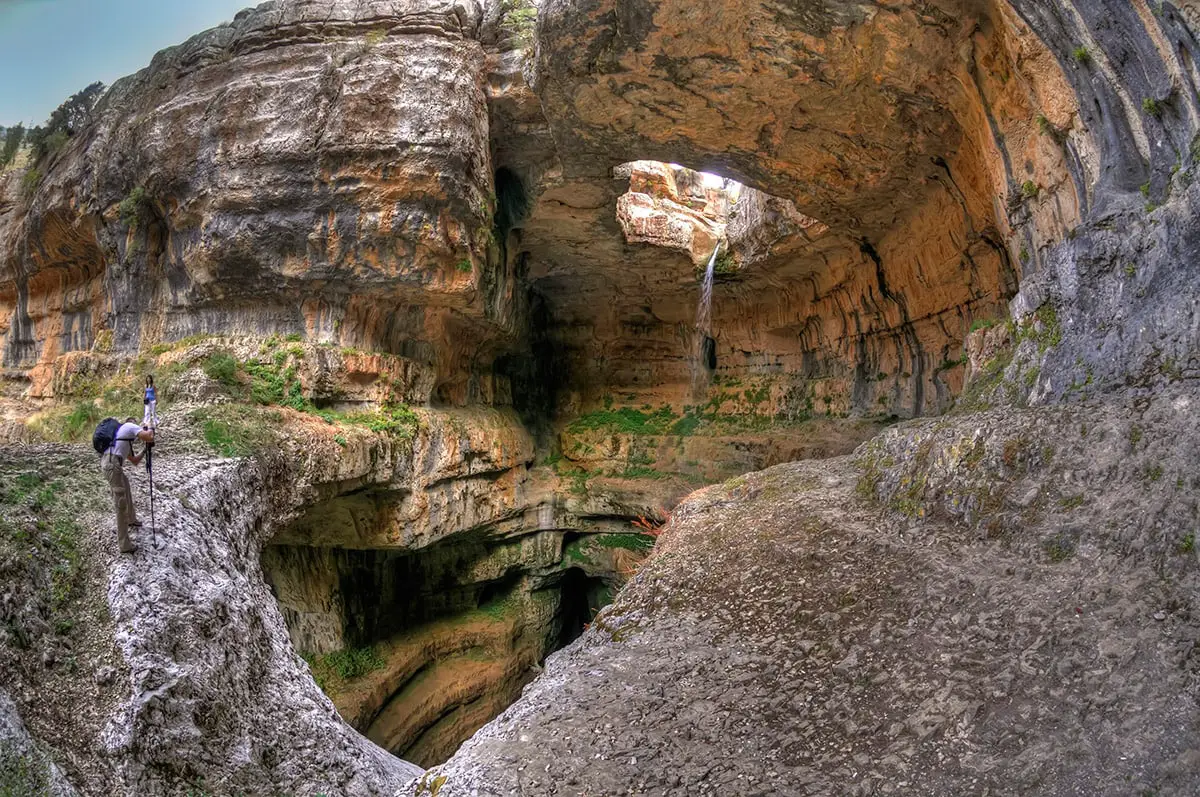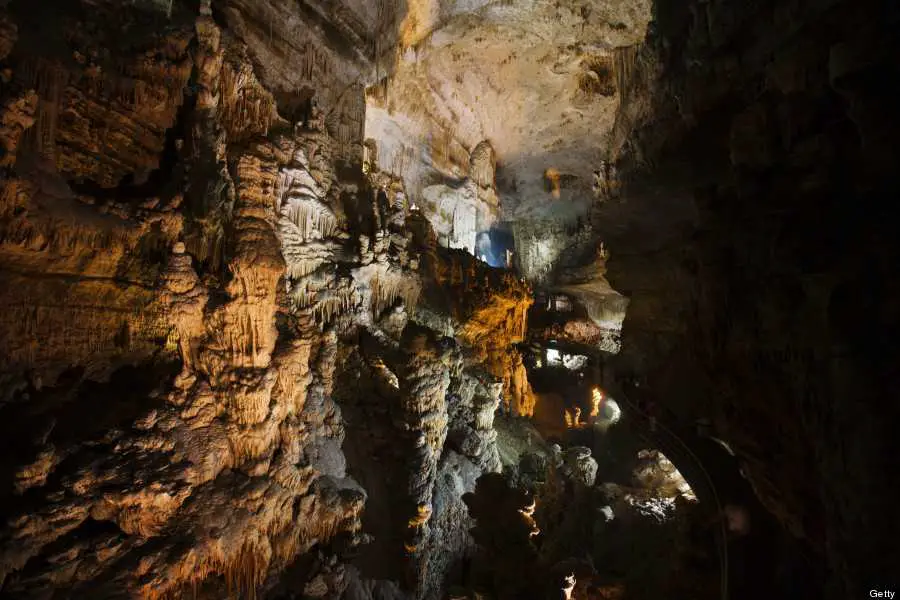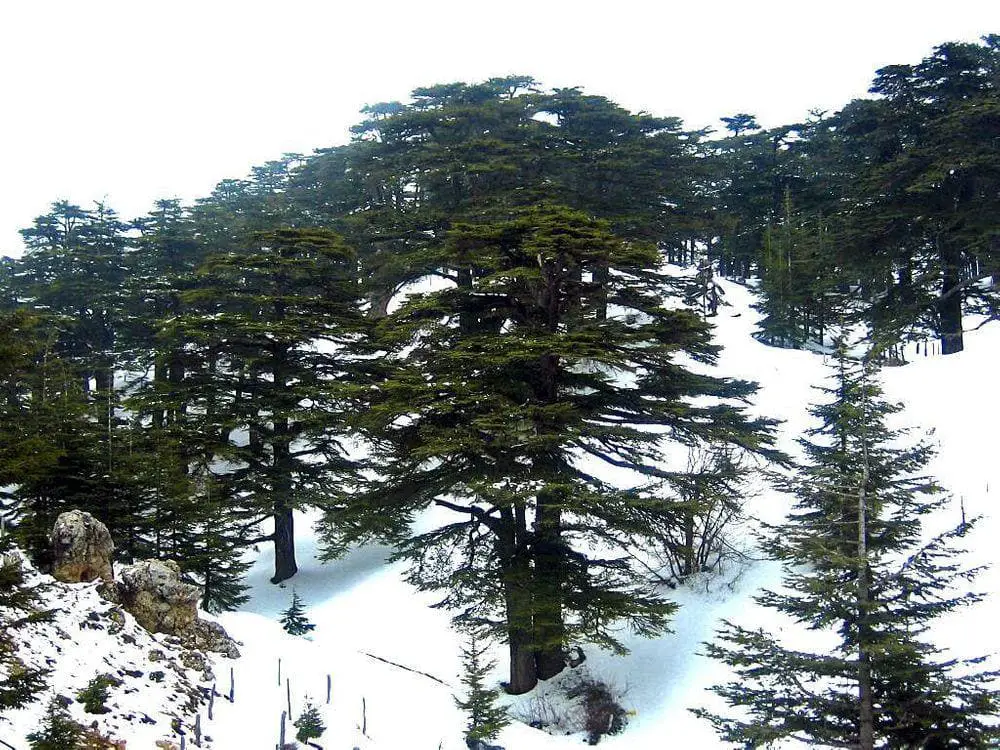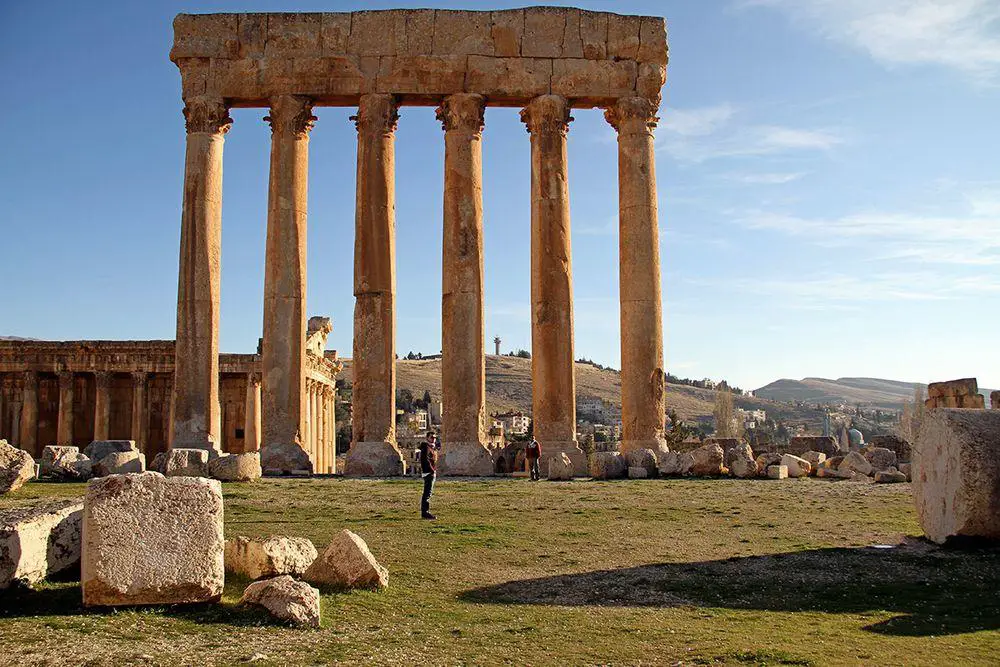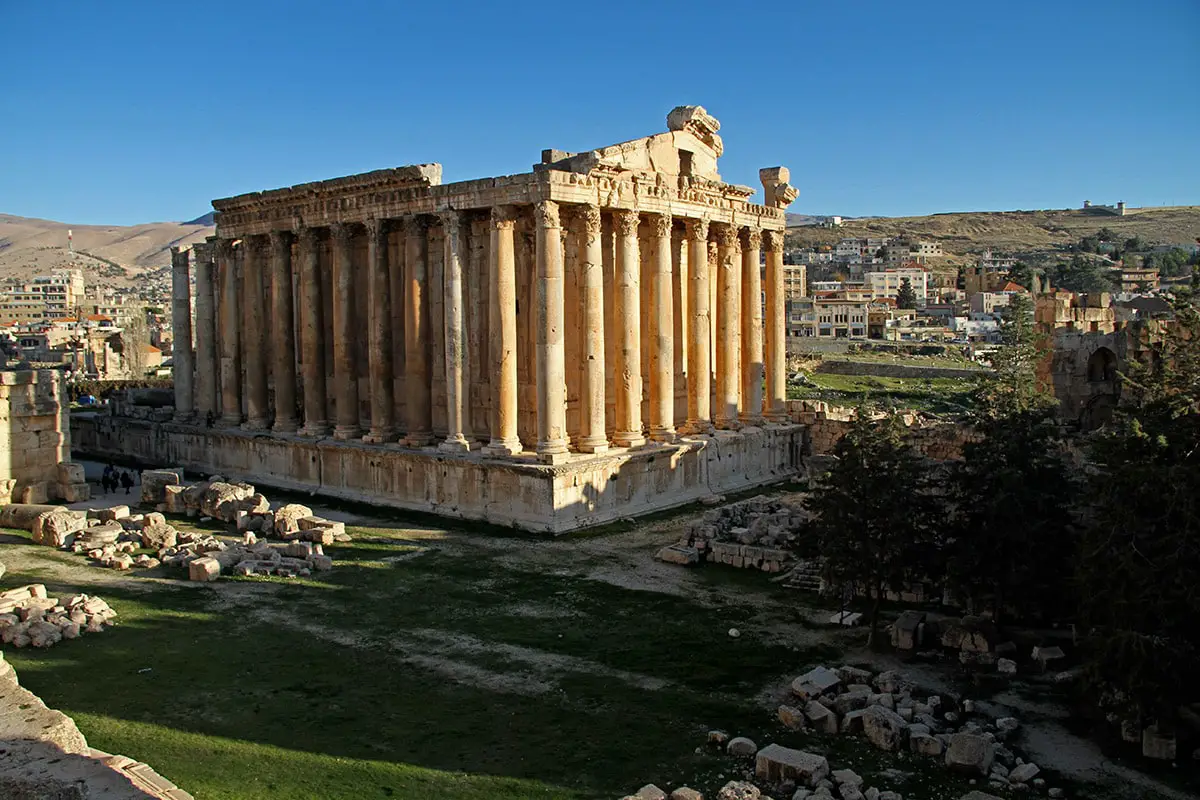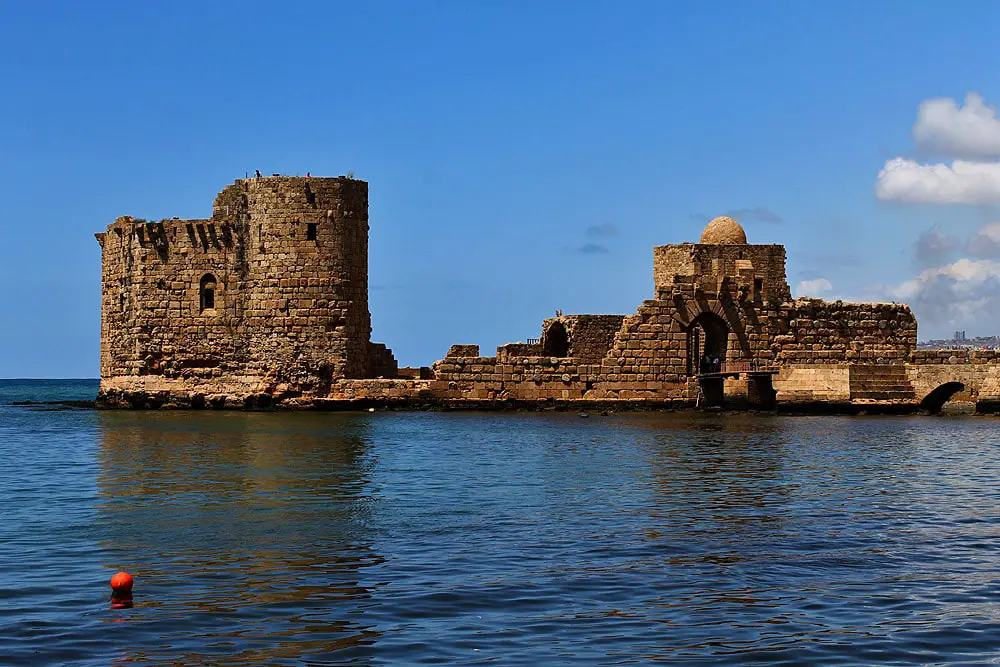Wondermondo 🢖 World 🢖 Wonders of Asia 🢖 Wonders of Lebanon
Territory
Wonders of Lebanon
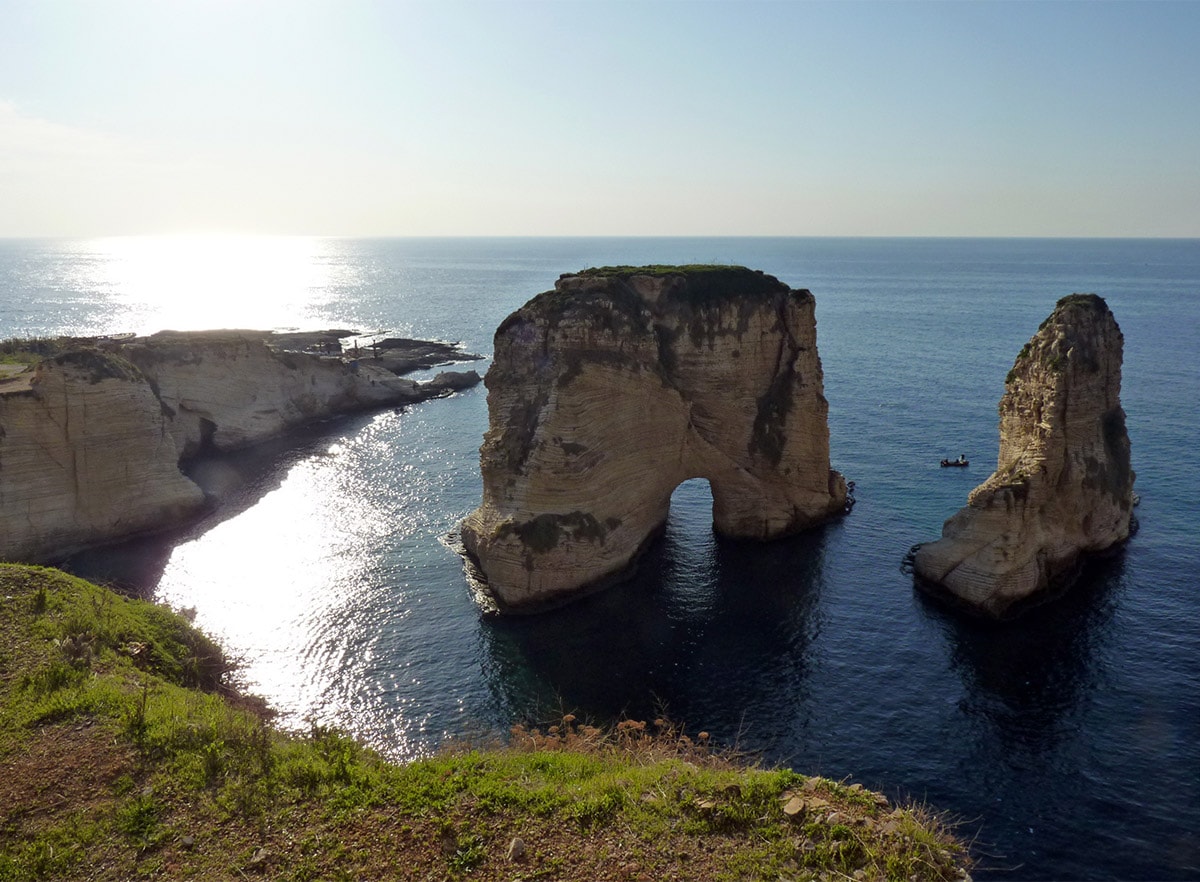
 Highlights
Highlights
Maybe Lebanon is the most beautiful country in the Near East. Its landscape is idyllic and diverse, here are the tallest mountains of this region, skiing resorts, large forests, green fields, and beautiful seaside. Both man-made and natural heritage here is very rich. The most interesting wonders of Lebanon are:
- Medieval towns and structures. Such medieval towns of Lebanon as Sidon (Saida), Batroun, and Deir el Qamar are picturesque and rich with heritage buildings. Sometimes these towns are many millennia old.
- Roman heritage. Lebanon was a rich Roman province and it shows in the magnificent buildings in the ancient Roman towns. Unique is the giant complex of public structures in the center of ancient Baalbeck, in Tyre is located one of the largest hippodromes. There are many well preserved ancient Roman shrines.
- World’s largest megaliths, including the largest one, which is 1,650 tons heavy.
- Forests. In this part of the world there are few forests left, but the ones which still exist, are magnificent, such as Cedars of God or Ehden Forest.
Map with the described wonders
If you see this after your page is loaded completely, leafletJS files are missing.
 Top 25 wonders of Lebanon
Top 25 wonders of Lebanon
Geological wonders
Bala’a sinkhole and waterfall (Balaa)
North (Lebanon)
Approximately 255 m deep, nearly vertical cave with waterfall in it. The entrance in the cave is a 70 m deep sinkhole. Here waterfall has percolated one side of the sinkhole, creating three natural bridges one above the other. Waterfall disappears underground.
Jeita Grotto (Jiita Cave, Magharet Jeita)
Mount Lebanon
Beautiful, 10,050 m long cave with the world’s largest stalactite – 8.2 meters long. Includes 800 m long cave lake.
Afqa Cave and Falls
Mount Lebanon
Source of River Adonis – an enormous cave with a powerful spring that leaves the cave with impressive waterfalls. The cave is located at the foot of a 180 m tall cliff. At the cave was located an ancient temple – this site is considered to be Apollon’s birthplace and site of death. The cave is 5,260 m long.
Biological wonders
Cedars of God (Bcharre Cedars, Arz el-Rab)
North (Lebanon)
Prominent remnant of cedar forest (102 ha) that once covered a large area in the region. Consists of especially large and beautiful cedars of Lebanon (Cedrus libani) up to 35 meters tall and 14 meters in circumference. Since 1876 surrounded by a wall.
Ehden Forest (Horsh Ehden)
North (Lebanon)
Pristine forest in a beautiful mountain setting. There is located a stand of cedars of Lebanon, a unique grove of Lebanese wild apple (Malus trilobata), Cilician fir (Abies cilicica), and 10 plant species that are found only here. In total there have been found 1,030 species of local plants including 39 species of trees. One endemic species of mammal (Crocidura suaveolens).
Archaeological wonders
Byblos
Mount Lebanon
Possibly the oldest continuously inhabited city in the world. The settlement started to develop here sometime around 6230 BC, towns with buildings of similar size developed during the 3rd millennium BC. Today it contains remnants of Phoenician temples and medieval architecture.
Baalbek
Beqaa
A very old settlement, inhabited for some 9000 years. Especially impressive are the ruins of Roman times, when this was an important regional city. For the construction of Roman temples here were used some of the largest stone blocks ever moved around – up to 1,650 t heavy. The great Court Complex in Baalbek is one of the greatest architectural ensembles in the ancient world.
Temple of Jupiter
Beqaa
Once this was the greatest temple in Baalbek, built sometime around 60 AD. This giant structure initially had 54 columns with 60 tons heavy (each) architrave and friezes and 100 tons heavy corner clock on top of these columns, raised 19 m above the ground.
Stone of the Pregnant Woman (Hadjar el Hibla)
Beqaa
Giant stone monolith, 1,000 tons heavy, 20.76 m long.
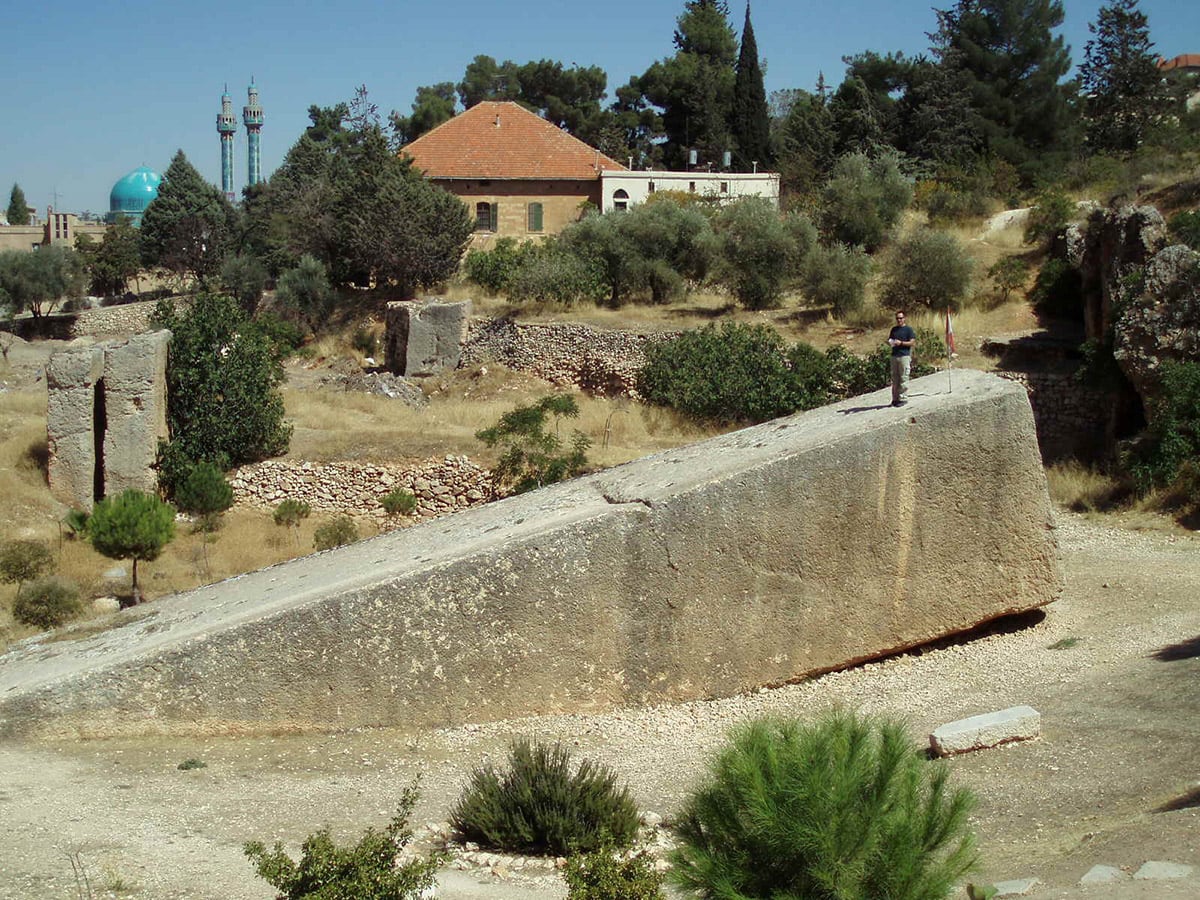
Temple of Bacchus
Beqaa
One of the greatest Roman temples, one of the best preserved ones. This temple is larger than the famous Parthenon. Built around 150 AD, the structure is 31 m tall, 66 m long, and 35 m wide. 19 Corinthian columns are still standing, each of them 19 m tall. Impressive is the intricate stone carvings.
Baalbek Trilithon
Beqaa
Here a later Roman temple was built over some of the largest prehistoric man made stone blocks weighing over 750 tons each. Nearby lies around 1200 tons heavy stone block.
Temple of Obelisks
Mount Lebanon
Remnants of a Phoenician temple that was built sometime around 1900 – 1600 BC. There is standing a group of obelisks – betyls.
Unnamed stone block in Baalbek (II)
Beqaa
The world’s largest known monolith of single stone that was intended for moving. Weight – 1,650 tons, 19.6 m long, 6 m wide, at least 5.5 m high. Not moved.
Hiram’s Tomb (Qabr Hiram)
South (Lebanon)
A massive stone tomb believed to be the tomb of Hiram I, Phoenician king in 969 – 936 BC. This is also an important site for Freemasons who consider that Hiram sent materials and his master craftsman Hiram Abiff to build Solomon’s Temple.
Unnamed stone block in Baalbek
Beqaa
The second largest known monolith of single stone intended to move. Weight – 1,242 tons, 19.5-20.5 m long, 4.3-5.6 m wide, 4.5 m high. Not moved.
Kamouh el Hermel (Hermel Pyramid)
Beqaa
Ancient structure – obelisk – that seems to be made in the 2nd-1st century BC. The structure is 19.6 m high and includes two massive limestone blocks, 40 and 50 tons heavy. On the sides of the obelisk are bas-reliefs of animals in hunting scenes – deer, boar, bear, wolves, and bull.
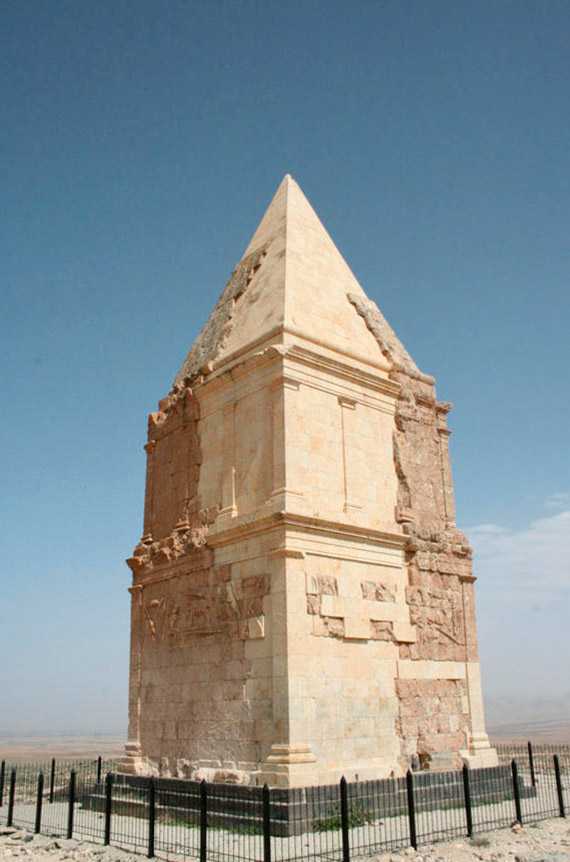
Architecture wonders
Sidon Sea Castle
South (Lebanon)
Ruins of a Crusader’s castle from the 13th century, built on a small island near the center of Sidon. In antiquity, there was a Phoenician temple on the island.
Qannubin Monastery
North (Lebanon)
Very old Maronite monastery, founded either in 375 AD or in the middle of the 5th century. Most of this monastery is cut into the cliff including the accommodation for visitors. There are many other Maronite and other early Christian monasteries nearby in Kadisha Valley.
Sidon Synagogue
South (Lebanon)
One of the oldest synagogues in the world, built in 833, possibly on the site of an older synagogue. According to Bible here or nearby preached Jesus.
Batroun Old City
North (Lebanon)
A smaller seaside town with a well preserved medieval center. Notable monuments are the numerous churches and the citadel of Crusaders. At the sea is standing a Phoenician-built wall that protects the city from floods.
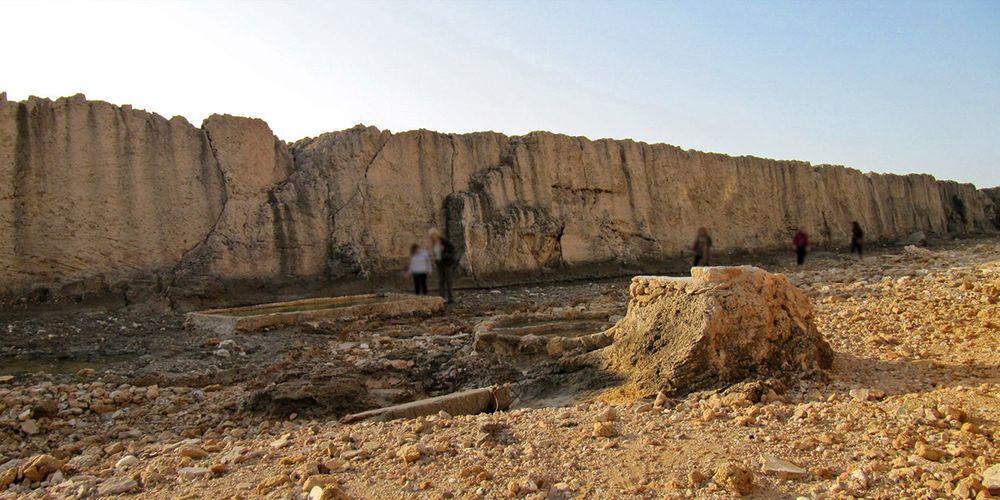
Old Sidon (Saida)
South (Lebanon)
Well preserved medieval city with narrow streets and old buildings. Here are several mosques from the Umayyad era.
Deir el Qamar
Mount Lebanon
Picturesque mountain village that consists of ornate historic buildings. In the 16th – 18th century served as a residence for the governors of Lebanon. A historical center of culture.
Tyre (Old Tyre)
South (Lebanon)
A very old city, founded by Phoenicians in 2,750 BC, an ancient trade center that, reportedly, was protected by 46 m tall fortification walls. The old city contains numerous remnants of ancient structures – Roman baths, a hippodrome, a Roman colonnaded road, remnants of a Christian cathedral, and a castle. Hippodrome (the 2nd century AD) was one of the largest in the Roman world.
Mseilha Fort
North (Lebanon)
A medieval castle perched on the top of separately standing rock. The current fort was built in the 17th century. First fortifications were built here in Roman times.
Fortress of Niha (Cave of Tyron)
Mount Lebanon
A fortification that has been cut directly into a vertical cliff face. Cave passages extend more than 100 m deep in the cliff and there are chambers and rooms for soldiers. First mentioned in written sources in 975 AD. Used by local Muslims although for a while it was controlled by Crusaders.
 Recommended books
Recommended books
Lebanon (Bradt Travel Guide)
This new edition of Bradt’s Lebanon remains the most comprehensive and detailed English-language guide available. In addition to its more in-depth coverage of essential background information such as history, culture, and religion the guide has expanded treatment for the business traveler and prospective property buyer. Subjects such as the environment and responsible travel are given increased emphasis, and there is plenty of additional information for those interested in volunteering opportunities. The guide also caters to all types of travelers and budgets with extensive listings and reviews for accommodation and restaurants.
Beirut Focus Guide (Footprint Focus)
Go for an early morning walk along the Corniche – Beirut’s seaside promenade – and watch as the Mediterranean Sea laps against the rocks while the summits of Mount Lebanon dominate the horizon to the east. Enjoy a strong black coffee here before hitting Hamra to experience Beirut’s bustling commercial side or the old Central District to admire the elegantly restored Ottoman and French-colonial buildings – a demonstration of Beirut’s determination to become the ‘Paris of the East’ once again.

